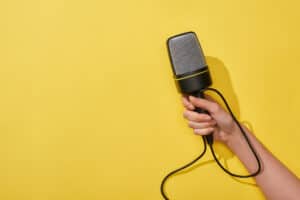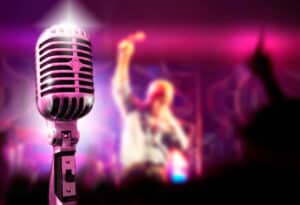Do you ever want to throw a karaoke party but don’t know where to start? It’s common for people to think that the only way to use a karaoke machine is if you buy tons of expensive discs full of popular songs. However, it may surprise you that most machines can actually play any type of CD – from albums you already own and cherish, to those obscure ones gathering dust in your cabinet!
In this blog post, we’ll explore whether it’s possible for karaoke machines to play normal CDs and show you how easy it is so that when it comes time for your next shindig, there won’t be a dry eye in the house!
Do Karaoke Machines Have the Capability to Play Normal CDs?
A person can use a karaoke machine to play normal CDs, but the sound quality produced will not be as good as if you used a more advanced player. If you want to listen to music with better quality, then we recommend using an advanced CD player that isn’t limited only to karaoke disks.
Karaoke machines use CDs with even closer than normal spacing and almost no gaps between songs, so they can cram in just about every song ever written with lyrics.
They produce a lower-quality audio signal than normal CD players because they leave out most of the sound waves that regular CD players would receive from tracks with regular-spaced digital information.
So even though the karaoke machine’s player has a fine laser and optics capable of reading data encoded on 8 to 12 times as many bits per second as your home unit, it is still missing plenty of data due to skipped or omitted digital information. What you hear coming out might not be what was recorded in the studio (and definitely isn’t what’s on the label). Some things you can tell right away, like when hip-hop samples are omitted in the sampled ‘vocal’ track. But sometimes it takes really good headphones or speakers to hear music without a drum, bass line, and guitar in one song, or vocals in another.
On the other hand, many karaoke disks will contain extra information that was recorded at a later time after studio retakes or remixing to add harmonies, special sound effects, and audio enhancement for voice training/debugging.
| Karaoke Machine | Can play normal CDs? |
|---|---|
| Basic Karaoke Machines | Yes, most basic karaoke machines can play normal CDs. |
| Advanced Karaoke Machines | It depends on the machine. Some advanced karaoke machines may not be able to play normal CDs, while others may have this feature. |
| Karaoke Machines with Built-in CD Players | Yes, karaoke machines with built-in CD players are designed to play both karaoke CDs and normal CDs. |
| Computer-Based Karaoke Systems | Yes, computer-based karaoke systems can typically play normal CDs, although you may need to use a separate CD drive to do so. |
How to get the best sound quality?
To get great quality audio you should use an advanced CD player. The cheaper ones (free with car stereos) or boom boxes may work but skip around more since they do not always “land” on the groove like more expensive players do cause them to pick up extra noise or lag the normal signal.
The best CD players will have a fine laser and optics capable of reading data encoded at 8 to 12 times as many bits per second as your home unit, but it’s still missing plenty of information due to skipped or omitted digital information. What you hear coming out might not be what was recorded in the studio (and definitely isn’t what’s on the label). Some things you can tell right away, like when hip-hop samples are omitted in the sampled ‘vocal’ track, but sometimes it takes really good headphones/speakers to hear music without drum, bass line, and guitar in one song, or vocals in another.
So even if a karaoke machine has a fine laser and optics capable of reading data encoded on 8 to 12 times as many bits per second as your home unit, it is still missing plenty of information due to skipped or omitted digital information.
How does encoding affect sound quality?
When you make a CD the sound wave (the music) gets turned into binary code (1’s and 0’s). The more closely spaced these 1’s and 0’s are, the less space they take up on the disk. So using this method lots of songs can be put onto one CD-ROM.
So even if a karaoke machine has very high-quality audio equipment like an amp, there will still be gaps between tracks since no more than one song can fit on each disk side This means that sometimes there has to be a gap between tracks for the next song to fit.
In order to make this gap as small as possible, karaoke disks use tracks with very close-spaced digital information.
The marks on the disks are tiny bumps in the plastic and reflect light differently than bits of smooth plastic do cause them to read different 1s and 0s when passed under a player’s laser. The time it takes for the laser to pass over these bumps is called “the track-to-track seek” or TTTS and can add noise during playback since your CD player has to take more time focusing its optics onto these bumpy tracks than it does when reading smooth data.
What type of CD is used in karaoke machine?
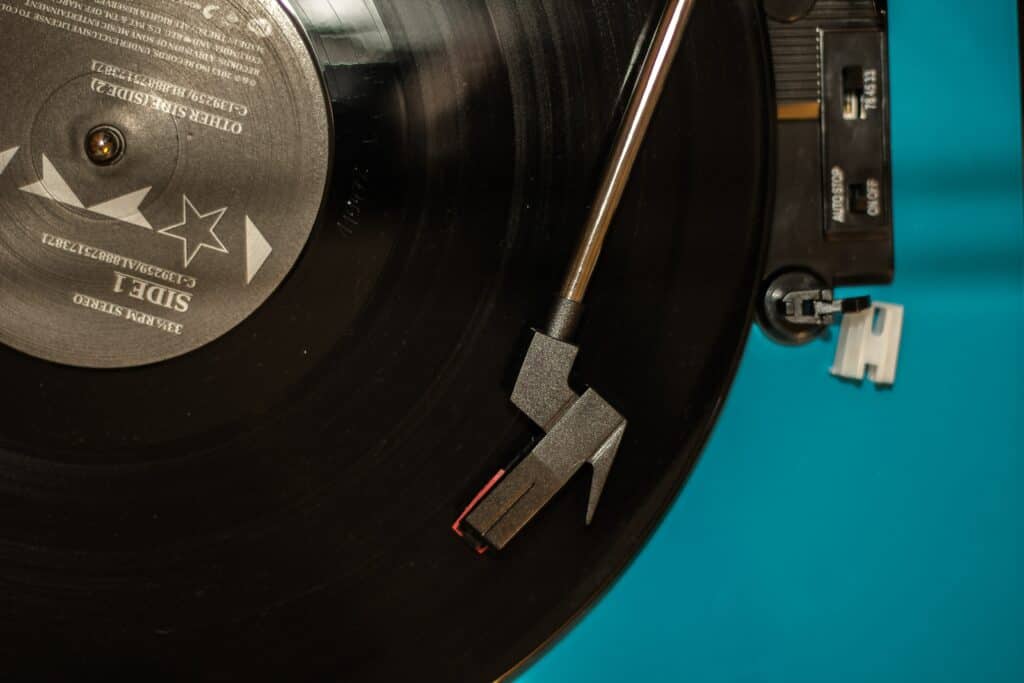
If you’re looking to take your singing game to the next level, karaoke is the perfect way to do it. But have you ever wondered what type of CD you need to use in a karaoke machine? It’s actually pretty simple – you’ll need what’s called a “CD+G,” which stands for “CD plus graphics.”
Unlike a regular music CD, a CD+G contains not only the audio tracks of a song but also the lyrics that scroll across the screen as the song plays. This makes it easy for you to sing along and stay on track, even if you don’t know all the words. So next time you’re getting ready for your next karaoke night, make sure you have a CD+G handy so you can sing your heart out like a true rockstar.
How do you add songs to a karaoke CD?
If you’re looking to create your own karaoke CD, then you’re probably wondering how to add songs to it. It’s actually a lot easier than you might think! The first thing you’ll need to do is gather all the music files that you want to include on your karaoke CD. You’ll then need to find karaoke software that will allow you to create CD+G discs.
Once you have both of these things, you can start adding your favorite songs to the CD. The software will guide you through the process and let you customize things like song order and track layout. Before you know it, you’ll have a personalized karaoke CD that you can bust out at your next party or karaoke night.
What audio format is used in a karaoke machine?
The most common audio format used in karaoke machines is the MP3 file. This type of audio file can be played back on the machine and allows users to sing along with their favorite songs. It is also compatible with many other devices such as computers, smartphones, and tablets.
Some machines may also use CD+G discs, which are special discs that contain both video and audio content. This allows for a more immersive experience when singing along to karaoke tracks. Additionally, some newer models of karaoke machines may also support digital streaming formats like Apple Music or Spotify.
How many songs can fit on a normal CD?
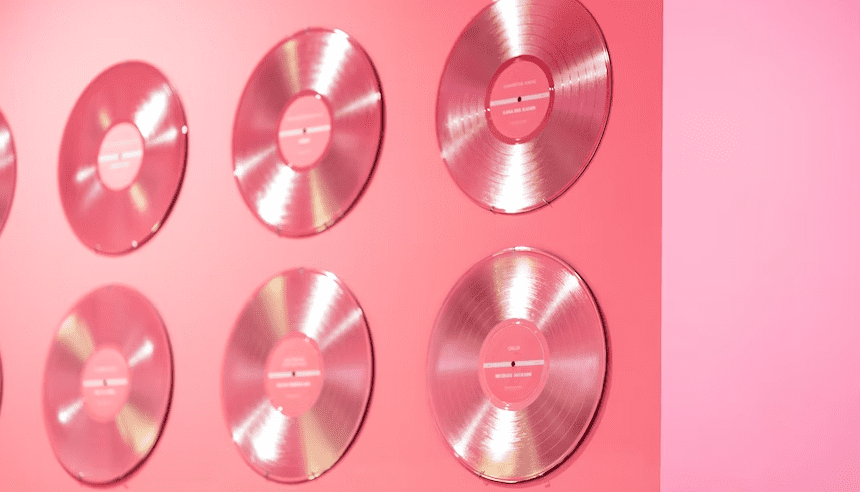
So, have you ever wondered how many songs you can fit on a regular CD? Well, get ready for some mind-blowing information. A standard CD can hold up to 80 minutes of audio, which is equivalent to around 700 megabytes of digital data. This means that the actual number of songs you can fit on a CD depends on the length of each song.
On average, a song is usually three to four minutes long. So, if we assume that each song is four minutes long, you could fit around 20 songs on a CD. Of course, this can vary depending on the length of the songs, but now you have a rough idea of how many songs you can fit on a standard CD. Pretty cool, right?
Why do CDs sound better?
With the rise of streaming platforms and digital downloads, it’s easy to forget the good old times of buying a CD and popping it into your stereo system. However, there’s a reason why some music enthusiasts still prefer to listen to their tunes on compact discs – they simply sound better. CDs have a higher bit rate than mp3 files, meaning they can capture more detail and nuance in the sound.
Additionally, they are not compressed like digital files, which can sometimes lead to a loss of quality. So, if you’re looking for the purest and richest sound possible, maybe it’s time to dust off your CD collection and give it a spin.
How do I convert to karaoke format?
Luckily, it’s a straightforward process that can be done in just a few simple steps. Firstly, you’ll need to find reliable karaoke software that supports importing the music files you want to convert.
Once you’ve downloaded the software, open it up and import the music file into the program. From there, you can use the software’s tools to remove the original vocals and add the lyrics as subtitles. Not only is it a fun and creative way to sing along to your favorite tunes, but it’s also great for hosting karaoke parties or practicing for your next big performance. So go ahead, dig out your microphone, and get started on your karaoke journey today!
How long do CDs last?
As we continue to progress into the digital age, it’s easy to forget about our old, trusty CDs. But for those of us who still have a collection laying around, we might wonder how long they will last. The truth is, the lifespan of a CD can vary depending on how it’s stored and handled.
On average, a CD can last anywhere from 20 to 100 years. Factors such as exposure to sunlight, temperature, and physical damage can all affect their longevity. So, if you want your favorite album to stand the test of time, make sure to keep it in a cool, dark place and handle it with care.
How do I burn karaoke songs to a CD?
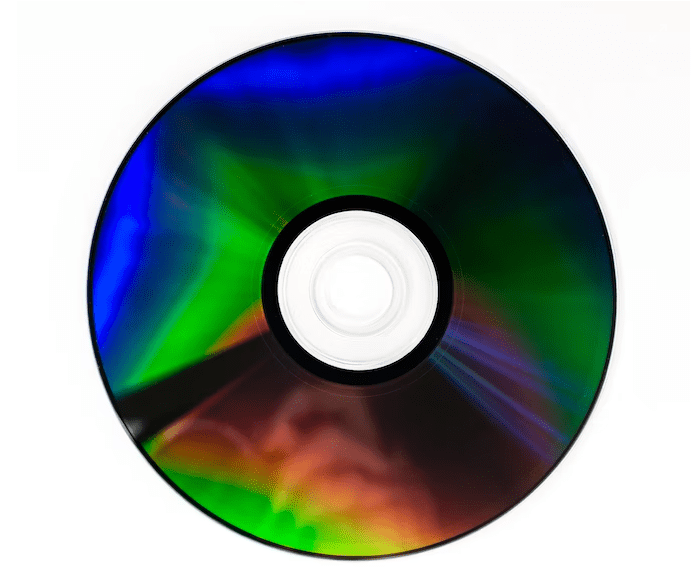
So you’ve found the perfect karaoke playlist and you want to burn it onto a CD for your next big karaoke night. First things first, you need to make sure you have a CD burner on your computer or laptop. Once you’ve confirmed that, you can start the burning process. There are a few different programs you can use to burn your karaoke songs onto a CD, such as iTunes or Windows Media Player.
Whichever program you choose, make sure you select the option to burn an audio CD. Then, simply drag and drop your karaoke songs into the program, arrange them in the order you want, and hit burn. In no time, you’ll have a karaoke CD ready for any party or impromptu singing session. Happy singing!
Conclusion
After examining the evidence, we can now confidently answer the question of whether karaoke machines can play normal CDs. Yes, indeed they can! This opens up a world of possibilities for owners of karaoke machines by allowing them to more easily produce their own music and practice singing with accompaniment. With the vast selection of classic hits and favorites from every genre available on CD, you can now mix it up as often as you want with your karaoke singing session. So say goodbye to limits and get ready to soar beyond expectations – all thanks to your trusty karaoke machine and a timeless CD collection!





